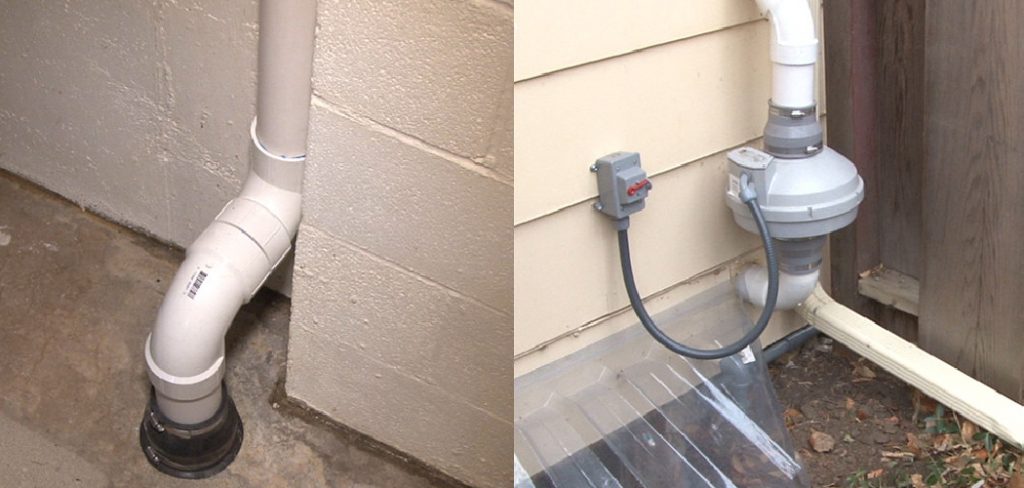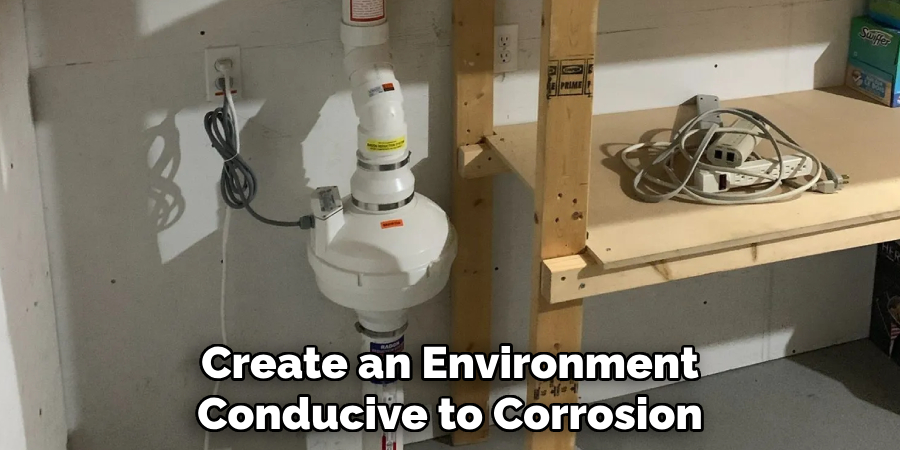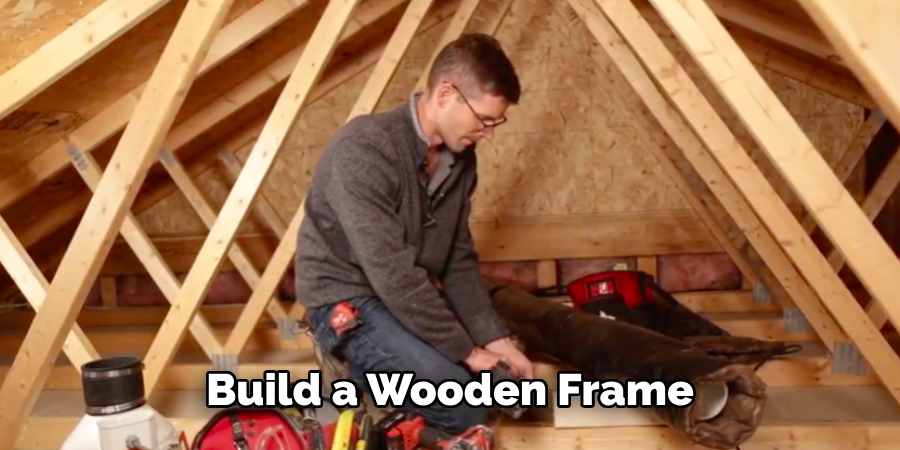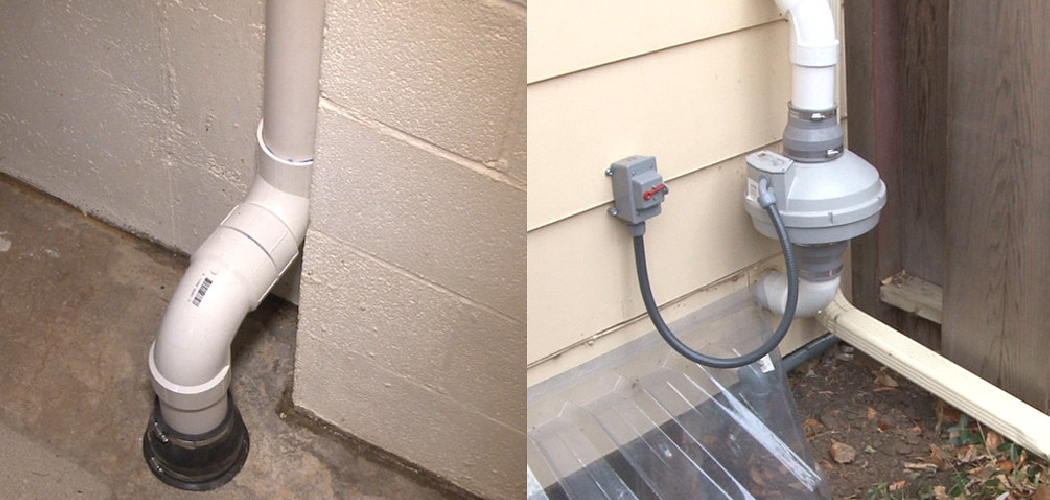Radon is a naturally occurring radioactive gas that can pose serious health risks if accumulated in homes. Since it is colourless and odourless, homeowners may not be aware of its presence. Effective mitigation often involves the installation of radon pipes that help ventilate and reduce radon levels. However, many homeowners wish to maintain the aesthetic appeal of their property by concealing these pipes. In this guide, we will explore various strategies and creative solutions for how to hide radon pipe outside while ensuring that they remain functional and efficient in managing radon levels.

Understanding Radon Pipes
Radon pipes, also known as radon mitigation systems, are critical components designed to prevent the accumulation of radon gas in residential spaces. These pipes facilitate the safe exit of radon gas from the home by directing it away from the foundation and dispersing it into the atmosphere. The systems typically consist of a network of PVC pipes and a fan, which creates a vacuum that draws radon from beneath the building.
Proper installation and maintenance of these pipes are essential to ensure their effectiveness. Understanding how these systems work not only helps homeowners appreciate their importance in safeguarding health but also guides them in selecting appropriate methods for concealing them without compromising their functionality.
Why Hiding a Radon Pipe Requires Caution
While concealing radon pipes can enhance the visual appeal of a property, it is crucial to approach this task with caution. Hiding these vital components improperly can obstruct their function, leading to inadequate ventilation and increased radon levels indoors. Any coverings or landscaping elements must be designed to allow for adequate airflow and access for maintenance. Furthermore, covering the pipe in a way that traps moisture can create an environment conducive to corrosion or damage, potentially compromising the system’s integrity. Before attempting to hide a radon pipe, homeowners should consult with radon mitigation professionals to ensure that their chosen concealment methods do not interfere with the effectiveness of the system.

10 Methods How to Hide Radon Pipe outside
1. Install a Decorative Trellis
One of the simplest and most visually appealing ways to hide a radon pipe is to install a decorative trellis in front of it. Trellises come in various materials, such as wood, metal, or vinyl, and can be customized to match the exterior of your home. The trellis serves as a screen, drawing attention away from the pipe and creating an attractive focal point. For an even more appealing effect, plant climbing vines like clematis, ivy, or honeysuckle at the base of the trellis. As the plants grow, they will cover the trellis and the radon pipe, blending everything seamlessly into your landscaping.
2. Use Landscaping Plants
Strategically planting shrubs, bushes, or tall plants around the base of the radon pipe can help disguise it. Evergreen plants are particularly effective because they maintain their foliage year-round, ensuring that the pipe remains hidden even in winter. Choose plants that grow tall enough to cover the length of the pipe but not so large that they overwhelm the space. Some good options include boxwood, arborvitae, or bamboo. Be mindful of the root systems when planting close to the house, as you don’t want to interfere with the foundation or the radon system itself.

3. Paint the Pipe to Match the Exterior
Painting the radon pipe to match the color of your home’s exterior is an easy and effective method of making it less noticeable. Choose a high-quality exterior paint that is designed to adhere to plastic or PVC surfaces, as most radon pipes are made of these materials. Before painting, clean the pipe thoroughly to remove any dirt or residue. A good cleaning will ensure the paint adheres properly and lasts longer. By painting the pipe in the same color as your siding or brick, you’ll make it blend into the background, making it far less obtrusive.
4. Install a Faux Downspout
A clever way to disguise a radon pipe is by installing a faux downspout over it. Downspouts are a familiar part of any home’s exterior, and adding one over the radon pipe can make it look like part of your home’s drainage system. Purchase a downspout that matches the rest of your home’s gutter system and simply slip it over the radon pipe, securing it with brackets or clamps. This method not only hides the radon pipe but also adds a functional, unified look to the exterior of your home. Be sure to maintain proper ventilation for the pipe, as the faux downspout should not obstruct the airflow.
5. Build a Wooden Box Enclosure
Constructing a custom wooden box around the radon pipe is a more involved but highly effective way to hide it. This method allows for complete concealment of the pipe while offering the opportunity to match the enclosure with your home’s siding or trim. To build the enclosure, measure the dimensions of the radon pipe and build a wooden frame that fits securely around it. Be sure to leave enough space inside the box to allow for proper airflow and access to the pipe for maintenance if needed. Paint or stain the box to match your home’s exterior for a cohesive look.

6. Create a Vertical Garden
A vertical garden is an innovative and eco-friendly way to hide your radon pipe while adding a natural element to your home’s exterior. Vertical gardens, also known as living walls, involve growing plants vertically along a structure attached to the side of your home. You can purchase a ready-made vertical garden system or build your own using planters, shelves, or a hanging garden frame. Arrange the garden around the radon pipe so that it is hidden behind the greenery. Be sure to choose plants that thrive in your local climate and will grow tall enough to cover the pipe.
7. Cover with Decorative Panels
Decorative outdoor panels or screens provide an easy and stylish way to conceal a radon pipe. These panels come in various materials, such as metal, wood, or composite, and are available in a wide range of designs, from modern geometric patterns to traditional lattice styles. You can position the panel in front of the radon pipe to hide it while still allowing for ventilation and maintenance access. Panels can be mounted directly to the exterior wall or placed on stands if you prefer a freestanding option. This method not only hides the pipe but also adds a decorative element to your outdoor space.
8. Install a Fake Chimney
For a more creative and seamless solution, consider building or installing a fake chimney to enclose the radon pipe. Chimneys are common features on many homes, and a faux chimney can blend in perfectly with the architecture. You can purchase prefabricated faux chimney structures or build one yourself using lightweight materials like brick veneer, vinyl, or wood. The radon pipe will run through the inside of the fake chimney, completely hidden from view. This method offers a more permanent and architectural solution to hiding the pipe, making it appear as though it is an intentional part of your home’s design.
9. Use Stone or Brick Veneer
If you prefer a more rustic or natural look, covering the radon pipe with stone or brick veneer can be an excellent option. Stone and brick veneers are thin, lightweight materials that mimic the appearance of full-sized stone or brick but are easier to install and manage. You can build a column or enclosure around the radon pipe using the veneer, creating a solid and durable structure that blends with the exterior of your home. This method works particularly well for homes with stone or brick exteriors, as it creates a cohesive and natural look.
10. Disguise with Outdoor Art or Sculptures
For homeowners with a more artistic flair, using outdoor sculptures or large pieces of garden art can be a fun and unique way to hide a radon pipe. Place a large statue, garden sculpture, or artistic installation in front of or around the pipe to distract from it. The key is to choose a piece that complements your outdoor aesthetic and draws attention away from the pipe. This method allows you to turn a functional necessity into an opportunity for creativity and personal expression in your outdoor space.

Conclusion
Hiding an exterior radon pipe doesn’t have to be a challenge, nor does it need to disrupt the appearance of your home’s exterior. Whether you choose to install a trellis, build an enclosure, or get creative with garden art, there are many effective ways to disguise the pipe without compromising its functionality. From simple solutions like painting the pipe to more elaborate options like creating a faux chimney, each method offers a way to maintain the aesthetics of your outdoor space while ensuring your home remains safe from radon gas. Thanks for reading, and we hope this has given you some inspiration on how to hide radon pipe outside!

